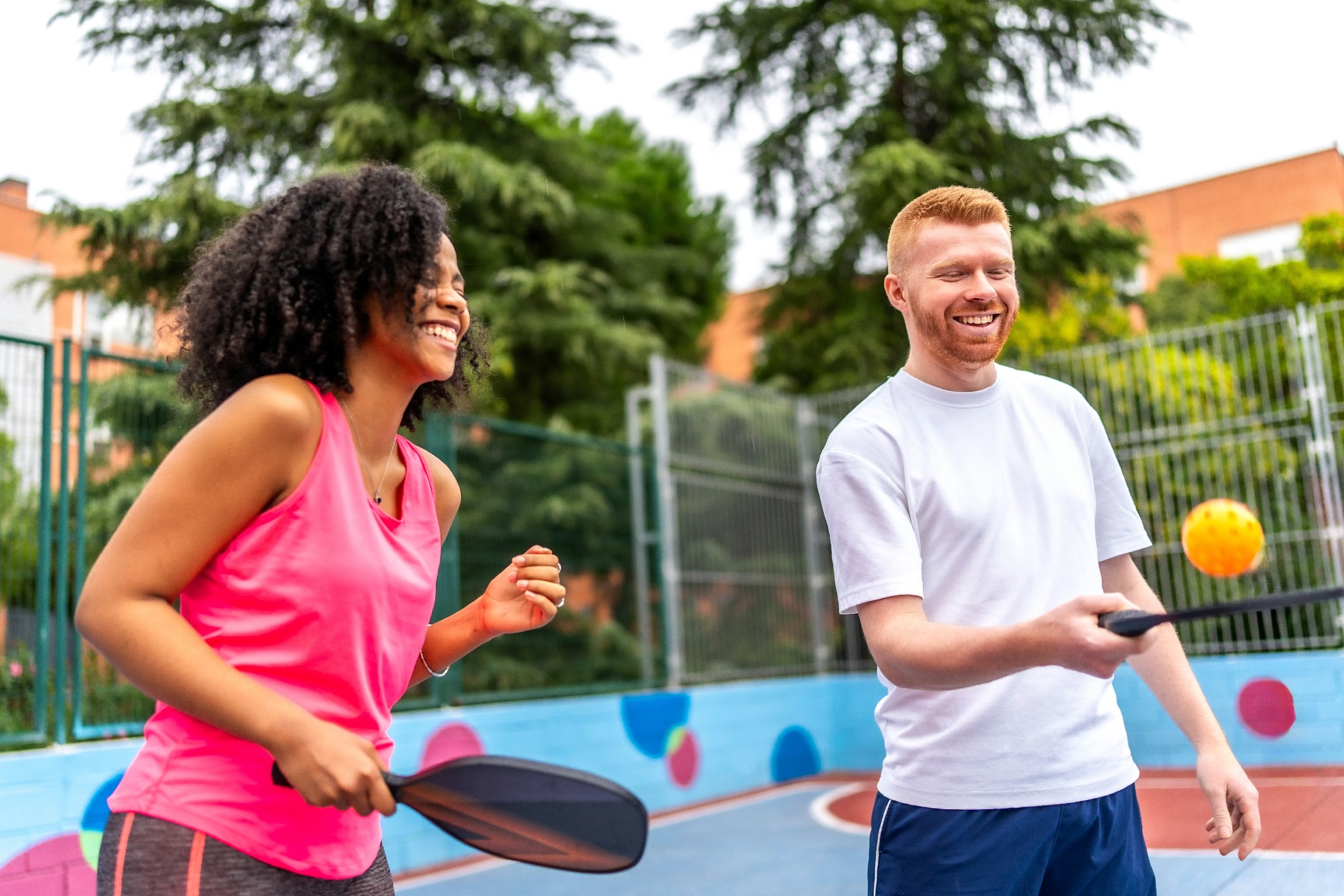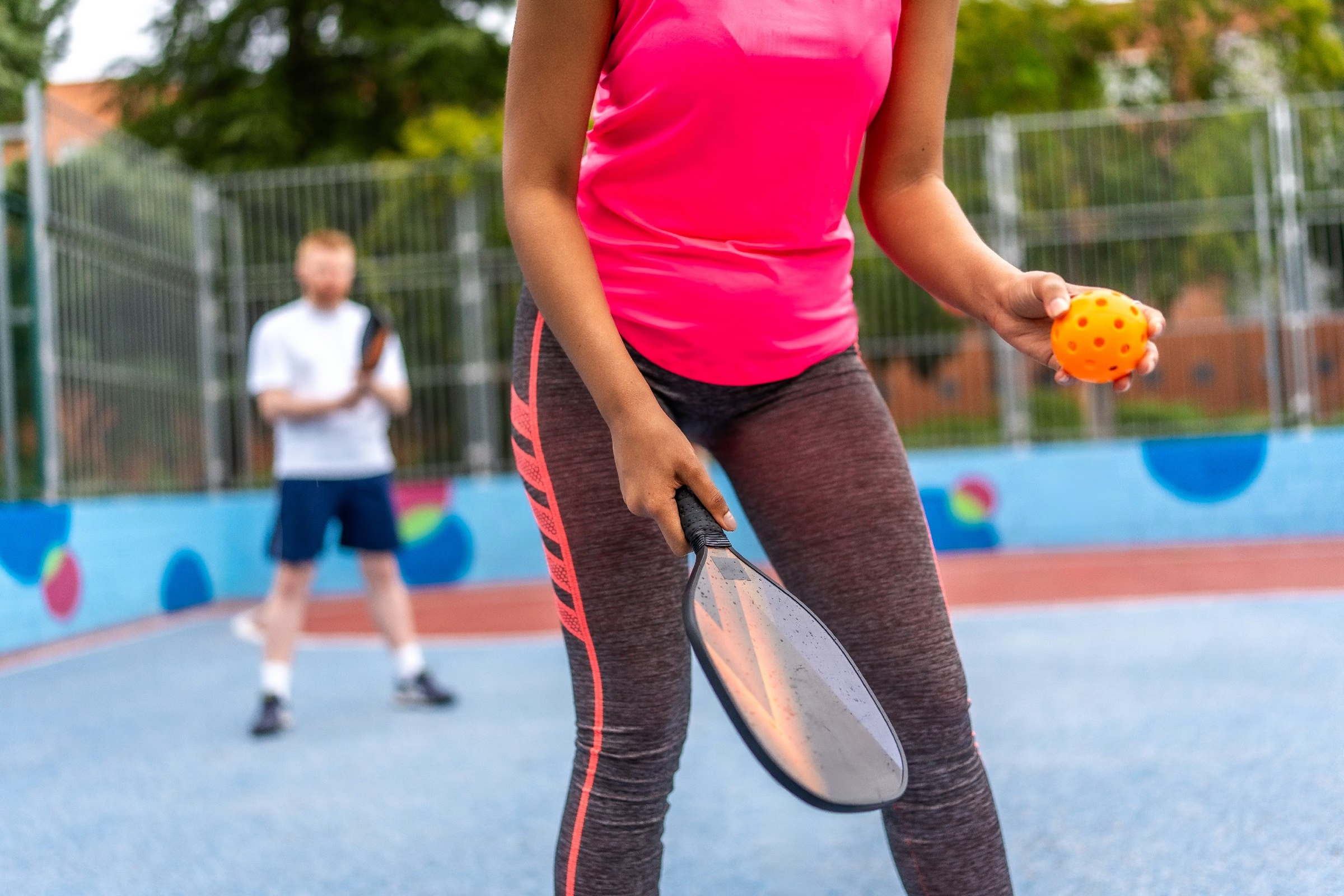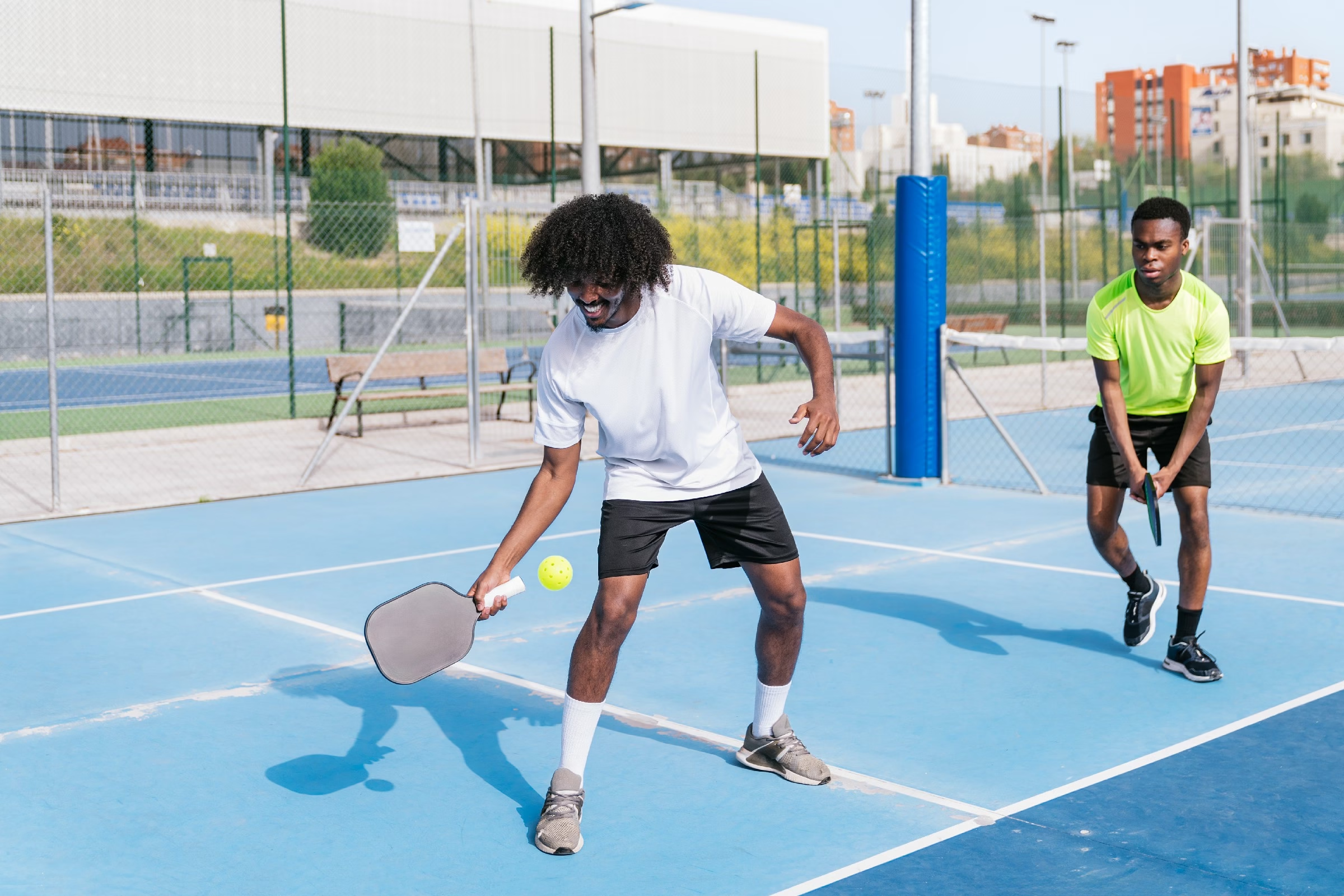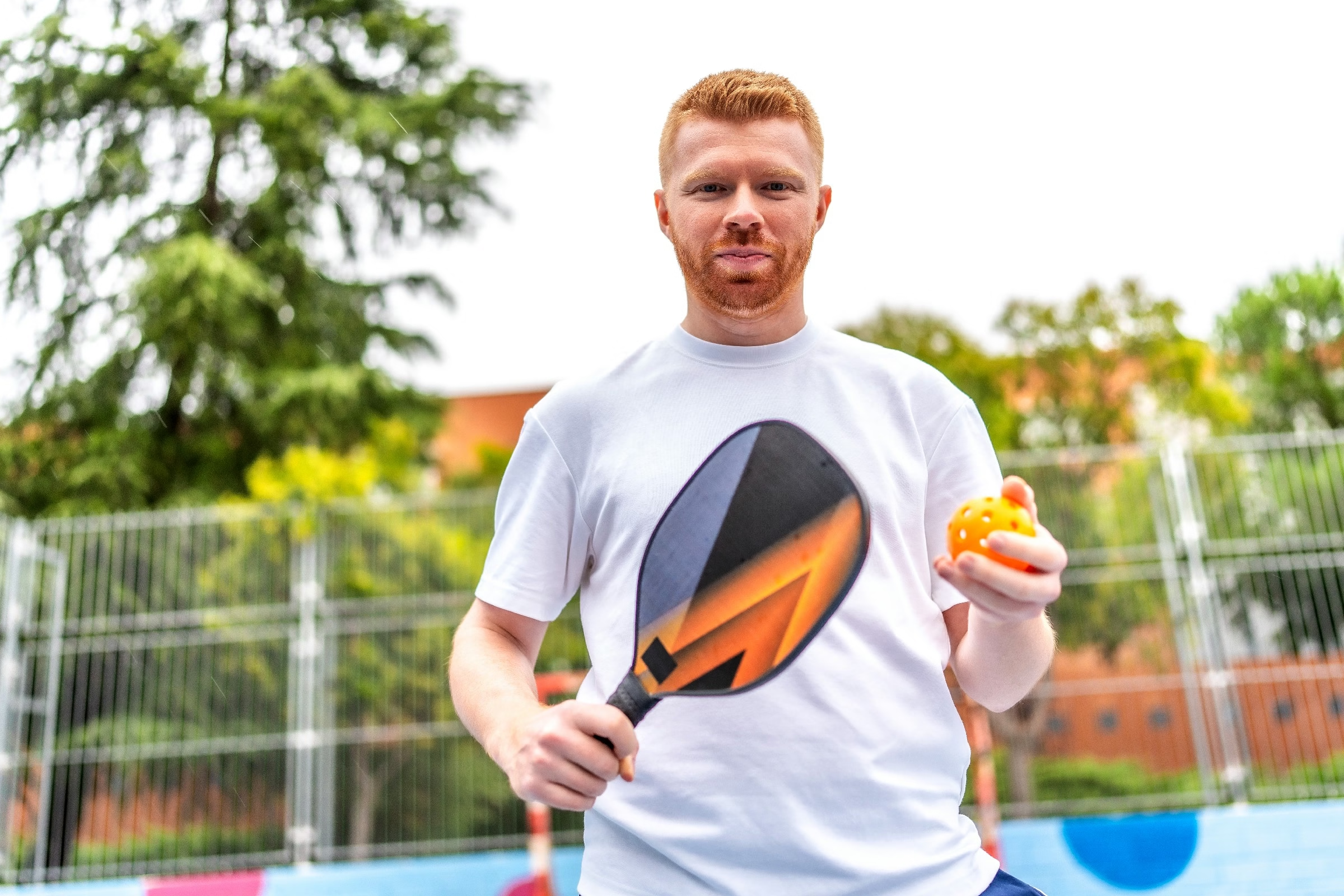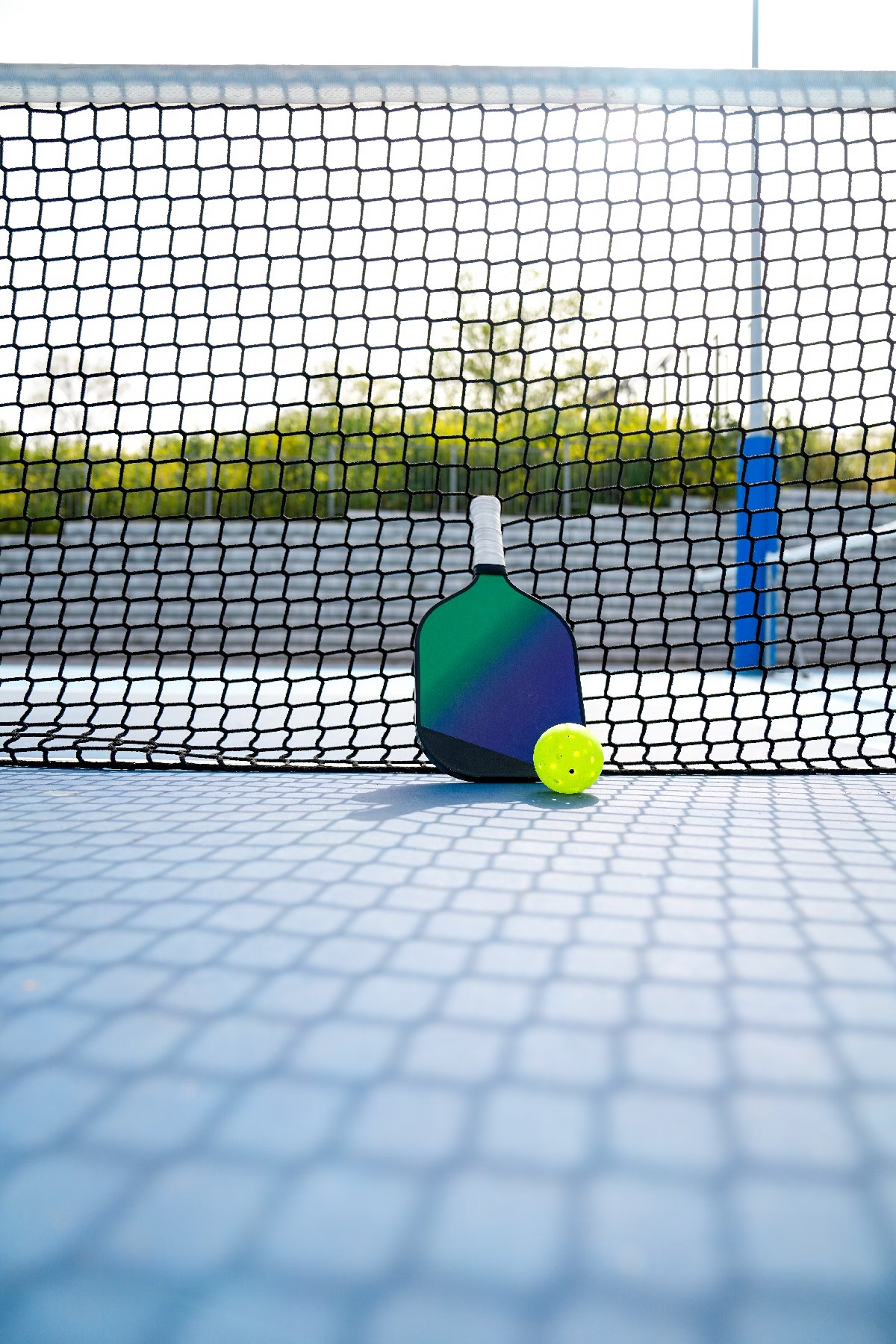Blog
what to look for when buying a pickleball paddle
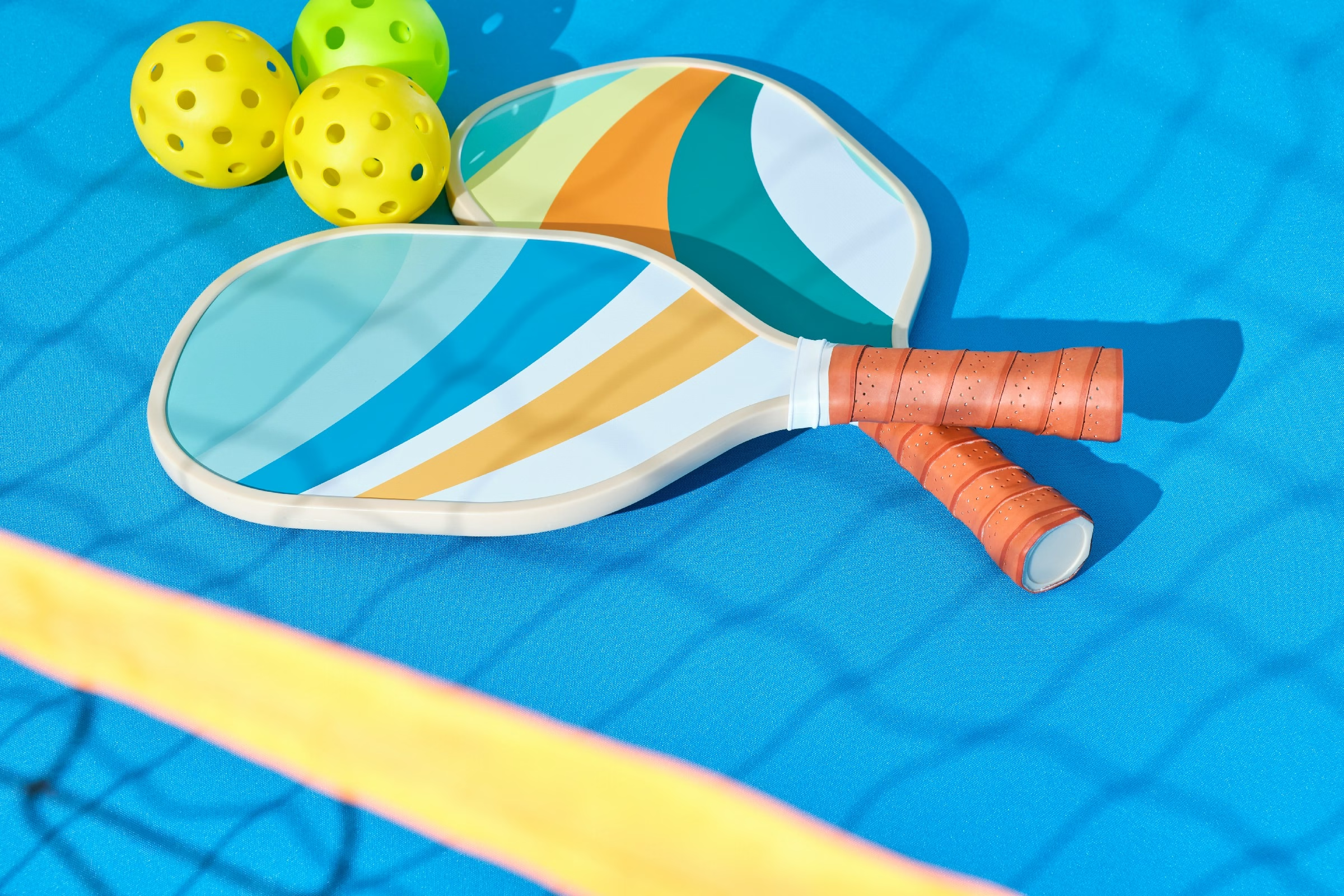
What to Look for When buying a Pickleball Paddle: A Guide for Every Player
As the sun rises over the bustling courts filled with laughter and friendly competition,the unmistakable sound of a pickleball colliding with a paddle fills the air. This dynamic sport, celebrated for its combination of strategy, finesse, and social connection, has been capturing hearts around the globe. Whether you’re a seasoned player aiming to upgrade your gear or a curious newcomer eager to dive into the game,choosing the right pickleball paddle can significantly impact your performance and enjoyment. But with an array of options available, how do you navigate this vibrant marketplace? In this guide, we will explore the essential factors to consider when selecting a pickleball paddle, empowering you to make an informed choice that aligns with your playing style and preferences. From material and weight to grip size and price, let’s unravel the intricacies of paddle selection, ensuring that each swing is as satisfying as the last.
table of Contents
- Choosing the Right Material for Your pickleball Paddle Experience
- Finding the Perfect Weight: Striking a Balance Between Power and Control
- Understanding Paddle Shape and Size: Tailoring to Your Playing Style
- Exploring Grip Sizes: Comfort and Performance for Every Player
- Evaluating Paddle Core Types: The Heart of Paddle Performance
- Determining Budget vs. Quality: Making an Informed Investment
- Q&A
- The Way Forward
Choosing the right Material for Your Pickleball Paddle Experience
When it comes to enhancing your pickleball performance, the choice of paddle material plays a crucial role. The paddleS core material and face composition can significantly affect its weight, durability, and overall feel. Many paddles are made of composite materials, which blend different materials for a unique performance. These paddles tend to offer a good balance between power and control, making them appealing for a wide range of players.
Another popular option is wood, which is traditionally known for its durability and affordability. While wooden paddles may not provide the same level of finesse as their composite counterparts,they are excellent for beginners or casual players seeking a budget-friendly choice. Here’s a quick comparison of paddle materials to consider:
| Material | Weight | control | Durability |
|---|---|---|---|
| Composite | Light to Medium | High | Medium to High |
| Wood | Heavy | Medium | High |
| Graphite | Light | Very High | Medium |
Ultimately, selecting the right material depends on your skill level, playing style, and personal preference. Beginners may benefit from the sturdiness and cost-effectiveness of wood paddles, while intermediate and advanced players often lean towards composite or graphite options for enhanced performance. Always consider how the materials resonate with your gameplay to ensure that each match is a delightful experience.
Finding the Perfect Weight: Striking a Balance Between Power and Control
When it comes to choosing a pickleball paddle, finding the right weight is crucial for optimizing both power and control. Lightweight paddles, typically weighing between 6 to 7.5 ounces, are ideal for players who prioritize quick maneuverability and finesse in their shots. These paddles allow for faster reactions at the net but may not offer the same level of power during drives. Conversely, heavier paddles, generally weighing 7.5 to 9 ounces, provide a solid feeling on impact and the ability to generate more force with your swings, making them great for baseline rallies and aggressive play.
It’s essential to consider how your personal playing style aligns with the weight of the paddle. Factors such as your strength, stamina, and experience level will influence which weight category you gravitate towards. Some players benefit from a balanced approach, opting for mid-weight paddles around 7 to 8 ounces. These paddles strike a harmonious balance, delivering both control for precise shots and enough power for smashing returns. Experimenting with different weights can help you discover what feels most comfortable and effective during gameplay.
| Weight Category | Benefits | Best For |
|---|---|---|
| Lightweight (6-7.5 oz) | Increased maneuverability, quick reaction | Players who prefer net play, quick volleys |
| Mid-weight (7-8 oz) | Balance of control and power | Versatile players, all-around gameplay |
| Heavy (7.5-9 oz) | Enhanced power, strong drives | Aggressive players, baseline rallies |
Understanding Paddle Shape and size: Tailoring to Your Playing Style
Choosing the right paddle shape is essential for enhancing your performance on the court. Pickleball paddles typically come in three distinct shapes: wide body, elongated, and standard. Wide body paddles offer a larger sweet spot, making them ideal for beginners who may struggle with accuracy. The elongated shape, on the other hand, extends reach, providing better leverage for powerful shots, making it a great option for more advanced players. the standard shape strikes a balance between both,offering versatility for players who employ various strategies during games.
Beyond shape, the size of the paddle grip also plays a crucial role in your comfort and control. Grip sizes generally range from small to large, and selecting the right one can significantly influence your game. A grip that feels too small may cause excessive wrist movement, adversely affecting your shot accuracy, while a grip that is too large can lead to discomfort and hinder your ability to spin the ball. Be sure to consider your hand size and preferred playing style when determining your perfect grip size.
| Paddle Shape | Best For | Key Feature |
|---|---|---|
| Wide Body | Beginners | Large sweet spot |
| Elongated | Advanced Players | Increased reach |
| Standard | All-Rounders | Versatile performance |
Exploring Grip Sizes: Comfort and Performance for Every Player
When selecting a pickleball paddle, understanding grip size is essential for maximizing both comfort and performance on the court. A proper grip allows for better control over your shots and reduces the risk of injury from prolonged play. Players should take into consideration their hand size and playing style when determining their ideal grip. Using a grip that feels too large or too small can hinder confidence and effectiveness during matches.
To find the right grip size, players can use a simple measuring technique known as the “measurement drill.” Here are the steps to help gauge the appropriate grip size:
- Hold the paddle in your dominant hand.
- Ensure that your fingers are wrapped around the handle and the tip of your index finger can touch the base of your thumb.
- If there’s a gap larger than a finger’s width, consider a smaller grip. If the fingers overlap, try a larger grip.
Different manufacturers often specify grip sizes in inches. Below is a quick reference table that showcases common grip sizes and their recommended hand dimensions:
| Grip Size (inches) | Recommended Hand Size (inches) |
|---|---|
| 4” | ≤ 7” |
| 4 1/8” | 7” - 7 1/4” |
| 4 1/4” | 7 1/4” – 7 1/2” |
| 4 3/8” | ≥ 7 1/2” |
Ultimately, selecting the grip size is a personal choice influenced by individual comfort preferences and the type of play. Players should take their time experimenting with grip sizes during practice sessions to find the most suitable fit, ensuring a natural grip that enhances performance. Remember, a well-fitted paddle can make all the difference, elevating your game to new heights.
Evaluating Paddle Core Types: The Heart of Paddle Performance
Understanding the core type of a pickleball paddle is crucial for unlocking its performance potential. The paddle’s core significantly influences your playing experience, as it affects factors like power, control, and feel. Here are some core types to consider:
- Polymer Core: Known for its durability and quiet play, a polymer core offers exceptional control and a softer feel, making it popular among recreational players.
- Nomex Core: This honeycomb structure delivers a firm response that enhances power.It’s favored by competitive players looking for maximum pop and aggressive gameplay.
- Aluminum Core: While less common, aluminum cores provide a unique blend of responsiveness and weight, offering a solid feel that appeals to players who prefer a heavier paddle.
When evaluating core types, it’s crucial to take into account your individual playing style and objectives. For players seeking finesse and positioning shots, a polymer core might provide the softness needed for precision. Alternatively, if power and speed are your goals, a Nomex core could be your best bet. ensure you also consider how the core interacts with the paddle’s surface materials, as this can impact spin and overall playability.
To further illustrate these differences,the table below summarizes the characteristics and benefits associated with each core type:
| Core Type | Characteristics | Best For |
|---|---|---|
| Polymer | Durable,quiet,soft feel | recreational players |
| Nomex | Firm,responsive,maximum pop | Competitive players |
| Aluminum | Unique weight,solid feel | Players preferring heavier paddles |
Determining Budget vs. Quality: Making an Informed Investment
When it comes to purchasing a pickleball paddle, navigating the trade-off between budget and quality can be a daunting task. While it’s tempting to opt for a lower-priced option, it’s essential to consider the importance of quality in enhancing your performance on the court. A well-crafted paddle not only provides better control and power but also lasts longer, which ultimately makes it a more enduring choice in the long run. Therefore, investing slightly more upfront can often lead to greater satisfaction and value over time.
Before making a decision, it’s advisable to identify key features that enhance both the paddle’s functionality and your playing experience. Look for paddles with the following features:
- Material: Carbon fiber or fiberglass is frequently enough preferred for their lightweight and durable properties.
- Grip Size: Ensure the grip fits comfortably in your hand, reducing the risk of fatigue or drop.
- Core Material: Options like polymer and nomex provide different levels of control and power, affecting your gameplay.
Additionally, you can evaluate the potential long-term value of paddles through a simple comparison table.This can definitely help you visualize the differences in budget options versus premium choices, making it easier to justify your investment:
| Feature | Budget Paddle | premium Paddle |
|---|---|---|
| Material | wood or basic composite | Carbon fiber or advanced composite |
| Durability | 1-2 years | 3-5 years |
| Weight | Heavier | Lighter |
| Control | Basic | Excellent |
By weighing these considerations, you can make a more informed decision when investing in a pickleball paddle that balances cost and quality, ensuring you enjoy the game while enhancing your skills.
Q&A
Q&A: What to Look For When Buying a Pickleball Paddle
Q: What are the key materials used in pickleball paddles,and how do they affect performance?
A: Pickleball paddles are typically made from three main materials: wood,composite,and graphite. Wood paddles are the most affordable and durable but tend to be heavier and less responsive. Composite paddles, made from a blend of materials, offer a balance of weight, power, and control, making them a popular choice. Graphite paddles are lightweight and give excellent touch and control, frequently enough preferred by advanced players for their performance, but they can be pricier.
Q: How does the weight of a paddle influence gameplay?
A: The weight of a paddle can significantly affect your gameplay and stamina. Lighter paddles, usually under 7.5 ounces, are great for quick reflexes and increased maneuverability, suitable for players who engage at the net. Heavier paddles, generally over 8.5 ounces, provide more power on shots, which can be beneficial for players who prefer baseline play. Finding the right balance that feels comfortable in your hand is crucial.
Q: What grip size should I look for when choosing a paddle?
A: Grip size can greatly influence comfort and control. It’s essential to choose a grip that fits your hand well—too large a grip can cause you to squeeze too hard, leading to fatigue, while a grip that’s too small may result in less control and an increased risk of injuries. Common grip sizes range from 4″ to 4 ¾”, and trying out different sizes is crucial to finding the best fit for your style of play.
Q: Do I need different paddles for different types of play?
A: Many players find that having different paddles can enhance their game based on playing conditions, partner skill levels, and personal preferences. You might opt for a power paddle for competitive play and a control-oriented one for practice sessions. Though, it’s perfectly fine to start with just one paddle that suits your current level and then expand your collection as you progress.Q: How important is paddle design and aesthetics?
A: While performance is paramount, the design and aesthetics of a paddle can boost your enthusiasm for the game and express your personality on the court. Whether you prefer bold colors or sleek styles, selecting a paddle that resonates with you might enhance your overall experience.Just remember to prioritize function over form when making your first purchase.Q: What should I consider about the paddle’s edge guard?
A: The edge guard is the protective rim around the paddle’s face that prevents damage during play. It’s advisable to choose a paddle with a robust edge guard if you play on surfaces that might cause wear and tear. Some paddles feature a low-profile design for reduced airflow, but they may offer less protection.Consider your playing surroundings when deciding on edge guard durability.
Q: how much should I expect to spend on a good pickleball paddle?
A: Pickleball paddles can range in price from around $15 for basic wood models to upwards of $200 for advanced composite or graphite paddles. As a beginner, you might find a reliable paddle within the $50 to $100 range that offers a good balance of performance and value. As you progress, you can decide whether to invest in a higher-end option based on your needs and playing style.
In the world of pickleball, the right paddle can enhance your game, so take your time choosing the one that feels just right for you. With a mix of style, comfort, and performance considerations, you’re sure to find a paddle that will serve you well on the court!
The Way Forward
As you embark on your pickleball journey, selecting the right paddle can be a game-changer on and off the court. With a myriad of options available, consider the various factors we’ve discussed—material, weight, grip, and your own playing style. each element plays a crucial role in how you connect with the game and elevate your performance.
Ultimately, the perfect paddle is one that resonates with your personal preferences and enhances your unique skills. Take the time to explore, test different paddles, and don’t hesitate to seek advice from fellow players or retailers.the joy of pickleball lies not just in competition but in personal expression and growth. So, whether you’re smashing serves or perfecting your spin, remember: the right paddle is an essential companion on your pickleball adventure. happy playing!



